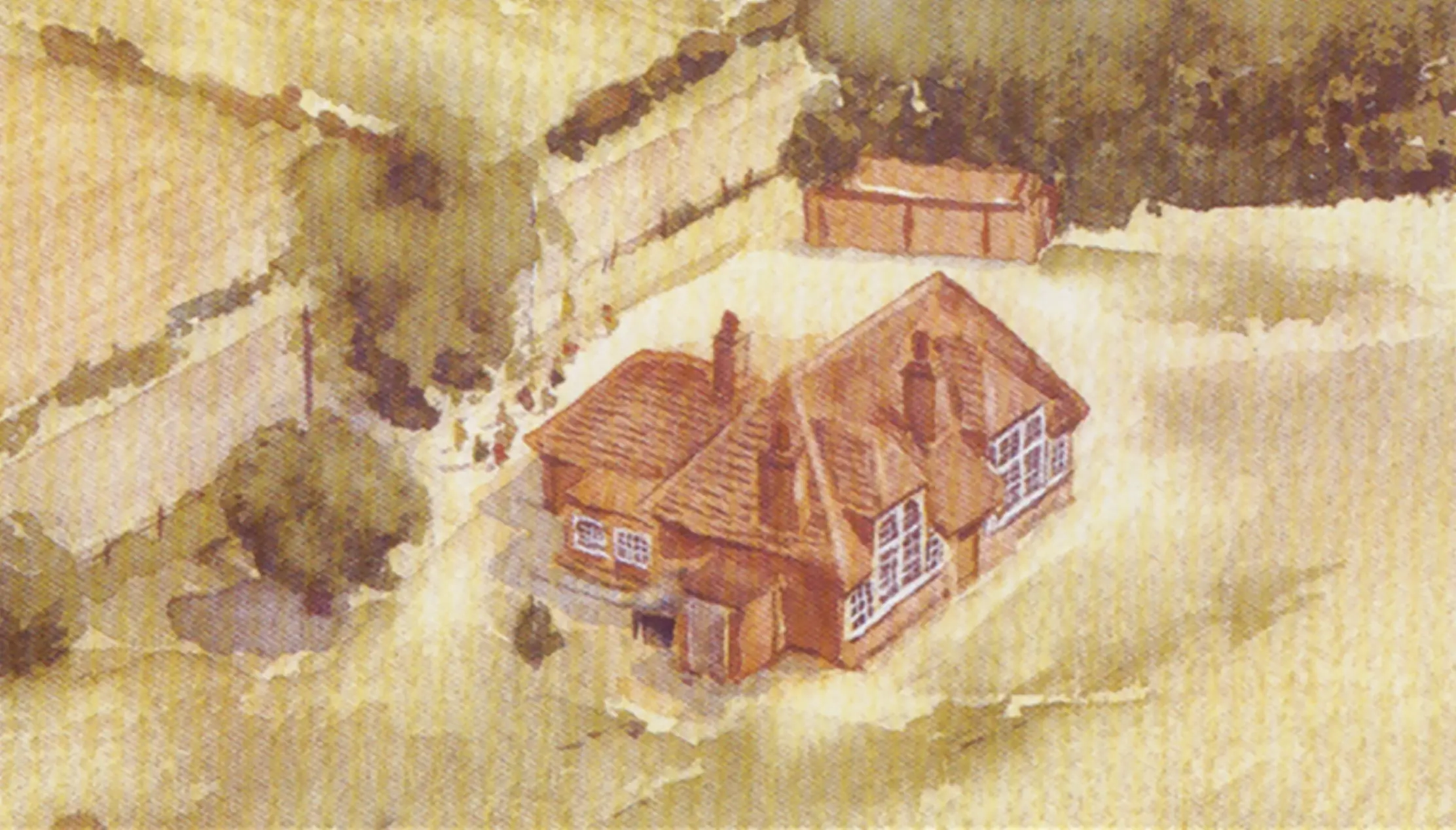Burpham Primary School in the 1920s
Moira MacQuaide’s history of Burpham
In the 1920s, the world was struggling to get over the Great War and the Spanish Flu epidemic. At Burpham Primary School, which had been open since 1908, Miss Lancaster was still Head Mistress, but absences due to her health were causing problems.
The HMI (forerunner to Ofsted) report in 1921 identified improvements that were needed for the 41 children, who were recognised as willing to do their best and working hard. Many children had to travel significant distances to get to and from school, often suffering with wet feet due to flooding, especially along Jacob’s Well Road (now Clay Lane). There was no electricity in the school, just oil lamps – neither gas nor electricity were installed until the 1930s. There was no central heating, just open fires in each classroom – requiring coal to be delivered and ashes to be cleaned out regularly. The toilets were in an outside block, but there was no mains sewage, so there was a cess-pool near to the entrance to the school (now under a flowerbed).
Throughout the 1920s both bad weather and sickness affected the school, and attendance was often down to 50% of the total on the register. Occasionally the school had to close temporarily, due to influenza, or other health problems. In 1927 Miss Lancaster decided to retire due to her ill-health, after 19 years of setting up the school, managing through the war and the aftermath of that time.

The School Managers didn’t seem to be very supportive, as in 1925 they discussed “the advisability of recommending to the Education Committee to close the Burpham Council School”. The suggestion was that Burpham children could go to either Merrow or Worplesdon Perry Hill schools instead. The issue was deferred, but records show that for the 28 children on roll, the approximate cost per child per annum was £16 1s 5d for 1928/29, and the teaching costs were around £360 per annum. A record in 1930 said “there is no indication of any material increase in the school population in the district” – if only they had known how much Burpham would grow over the next 50 years! Luckily, a change in boundaries in 1933 helped the Education Committee decide that Burpham Primary School was worth keeping.
In the mid 1920s the school got permission from the parents to take the children to the local river for swimming lessons – though they were let off on days when it was deemed to be too cold or showery for swimming. There were no hairdryers in those days, and most girls had long hair, so getting dry afterwards was a challenge.

In 1927 Miss E A Jacobs took over as Head Mistress, on the grand salary of £225 per annum, for the next six years. In 1928 she complained about offensive smells, with the result that Guildford RDC came to empty the cess-pool. Before mains sewage systems the sewage was often flushed away through storm drains into local waterways – reminiscent of current problems!
The school has moved on over the next 100 years and there are now over 400 children and lots more staff there. The original school building still stands, but there are new buildings around the site. The last Ofsted report gave the school Outstanding status – much improved from 100 years ago.

If you are willing to share your memories and/or photos to tell us more about Burpham then please contact Moira MacQuaide, either by e-mail (moira.macquaide@gmail.com) or by phone or text (07963 756543). My book, Burpham – A Gateway to Guildford is still available from me for £10 (free delivery locally) or on Amazon, but the History of Burpham Primary School 1908-2014 is now out of print (available to borrow at Guildford Library).





